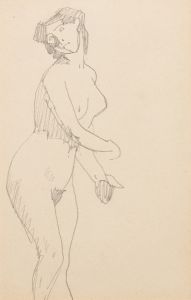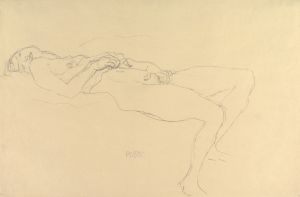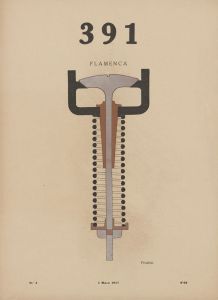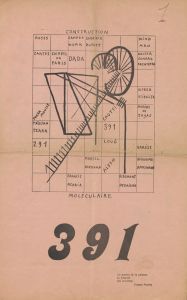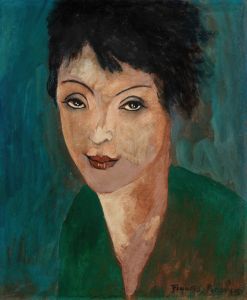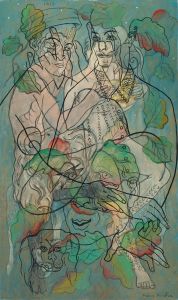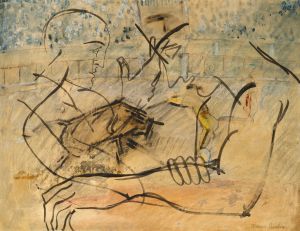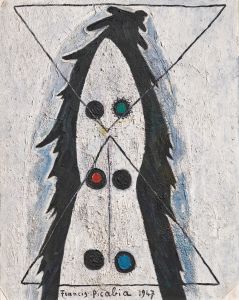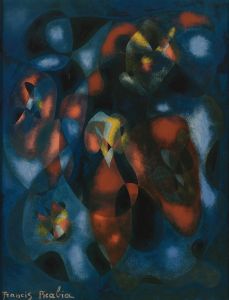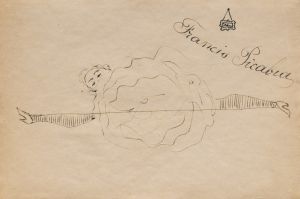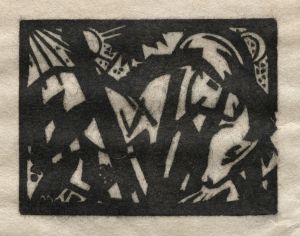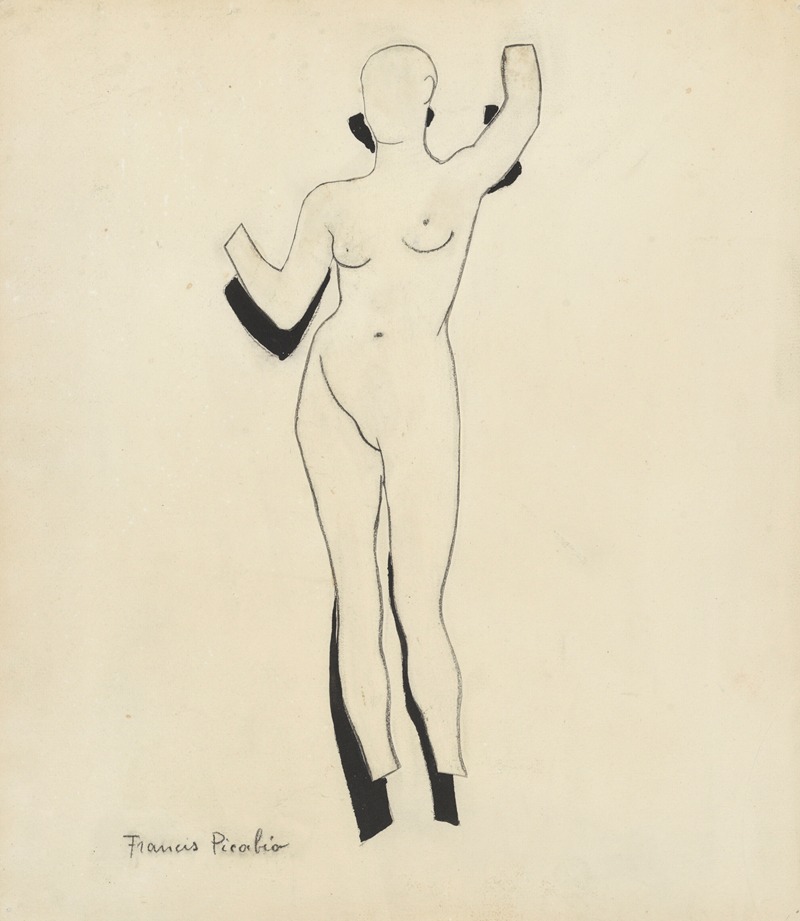
Nu debout
A hand-painted replica of Francis Picabia’s masterpiece Nu debout, meticulously crafted by professional artists to capture the true essence of the original. Each piece is created with museum-quality canvas and rare mineral pigments, carefully painted by experienced artists with delicate brushstrokes and rich, layered colors to perfectly recreate the texture of the original artwork. Unlike machine-printed reproductions, this hand-painted version brings the painting to life, infused with the artist’s emotions and skill in every stroke. Whether for personal collection or home decoration, it instantly elevates the artistic atmosphere of any space.
Francis Picabia was a French avant-garde painter, poet, and typographist, associated with a variety of art movements including Impressionism, Cubism, Dada, and Surrealism. He was known for his diverse and eclectic style, often experimenting with different techniques and themes throughout his career. One of his works, "Nu debout," reflects his engagement with modernist art practices.
"Nu debout," which translates to "Standing Nude" in English, is a painting by Picabia that exemplifies his exploration of the human form and abstraction. While specific details about the creation date and current location of "Nu debout" are not widely documented, the work is representative of Picabia's broader artistic endeavors during the early 20th century.
Picabia's work during this period was heavily influenced by his interactions with other avant-garde artists and movements. He was a key figure in the Dada movement, which emerged as a reaction to the horrors of World War I and sought to challenge traditional artistic norms. Dada artists often embraced absurdity, spontaneity, and a rejection of conventional aesthetics, which can be seen in Picabia's varied and often provocative body of work.
In "Nu debout," Picabia may have employed techniques that reflect his interest in both abstraction and figuration. His approach to the nude form often involved a departure from realistic representation, instead opting for a more stylized or abstract depiction. This aligns with his broader artistic philosophy, which frequently questioned the boundaries between different artistic styles and the nature of art itself.
Picabia's work was also influenced by his exposure to Cubism, particularly through his interactions with artists like Pablo Picasso and Georges Braque. Cubism's emphasis on geometric shapes and the deconstruction of form can be seen in some of Picabia's paintings, where he experimented with fragmented and overlapping shapes. While "Nu debout" may not be explicitly Cubist, the influence of this movement is evident in Picabia's overall approach to composition and form.
Throughout his career, Picabia was known for his willingness to defy categorization and explore new artistic territories. His work often blurred the lines between different movements and styles, making it difficult to neatly classify his paintings. This eclecticism is part of what has made Picabia a significant figure in the history of modern art.
In summary, "Nu debout" by Francis Picabia is a work that reflects the artist's engagement with modernist art movements and his interest in exploring the human form through abstraction and stylization. While specific details about the painting are limited, it is representative of Picabia's broader artistic endeavors and his role as a key figure in the avant-garde art scene of the early 20th century.





